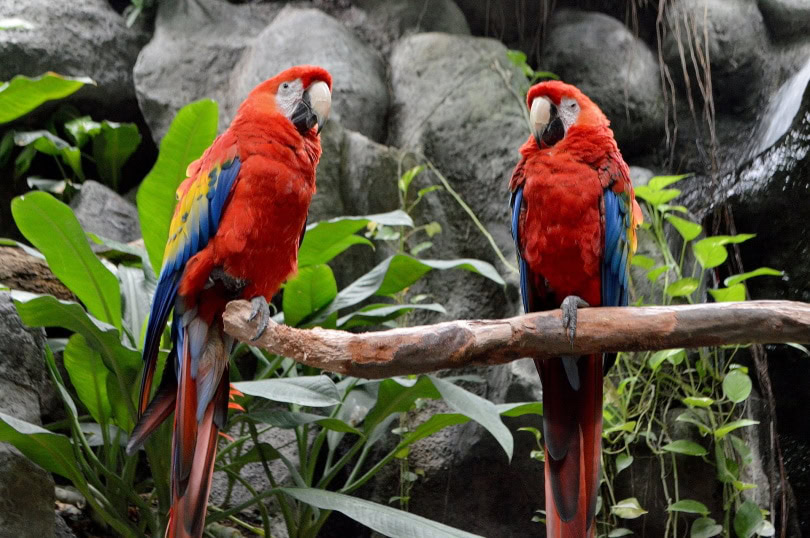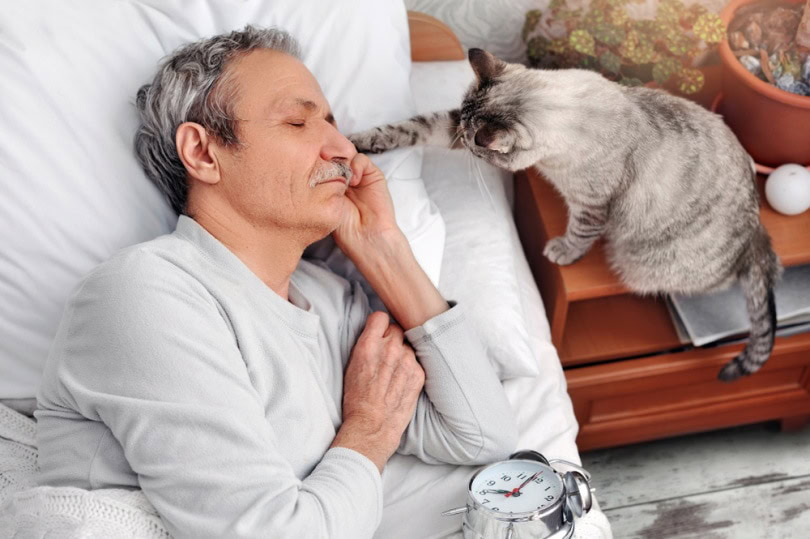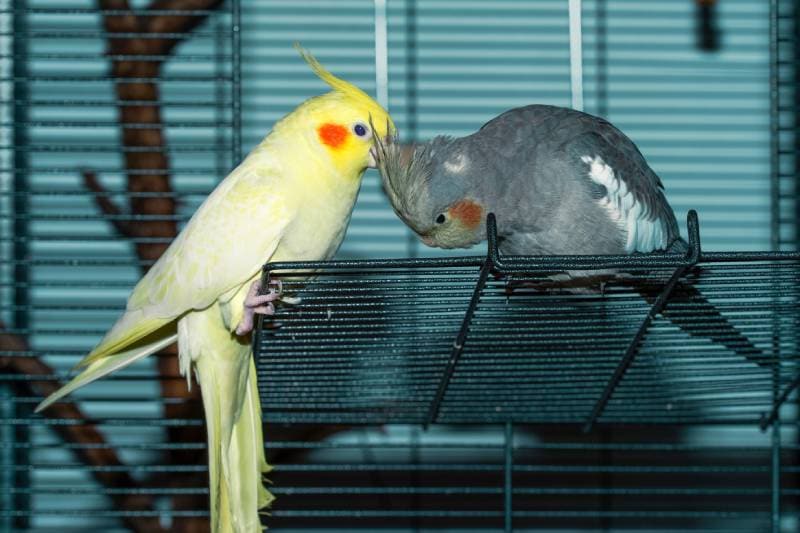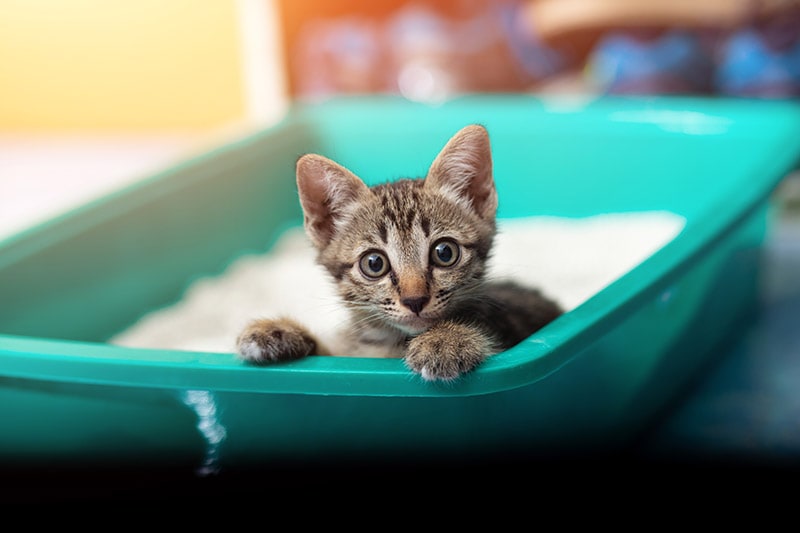VET APPROVED

The information is current and up-to-date in accordance with the latest veterinarian research.
Learn more »Macaws can be chatty, loud, and noisy at times, but one of the best ways to gauge your Macaw’s mood is by their body language. It can take a while to learn to read your parrot’s body language because it is sometimes subtle and highly contextual, but the longer that you spend with your Macaw, the better you’ll learn their moods.
Learning to read the body language of your Macaw is the fastest way to form a solid bond with your bird. You’ll also be able to quickly tell if they’re happy, annoyed, or ill, and it could help you avoid getting a nip on the finger! Here are a few guidelines, separated into each major body part, to help you better understand your Macaw’s body language.

Macaw Body Language
Remember that Macaws use many of these signs in different situations and emotional states. These can range from contentment to aggression and excitement. Always analyze the whole situation and the rest of your Macaw’s body language to understand their behavior.
1. Beak
In the wild, parrots use a variety of sounds to communicate with other birds, such as warning about predators, attracting mates, and protecting their territory. When they are kept as pets, this is also the primary means by which they’ll attempt to communicate, alongside various forms of movement and body language.
- Beak clicking. Beak clicking or tapping in macaws is a common form of communication, often expressing excitement, curiosity, or a gentle warning. Some macaws click their beaks during play or when interacting with their owners, while others may do it when feeling territorial or slightly agitated. In the second case, it would likely be accompanied by flapping wings, dilated pupils, or aggressive behavior. This would be a warning sign that your bird wants to be left alone.
- Beak grinding. This is a sure sign of contentment in your Macaw. They’ll often use it as a greeting when you come home, and they may even do it in their sleep. Natural wear from beak grinding helps maintain beak smoothness and health by reducing overgrowth. It also indicates a parrot’s contentment and overall well-being.
- Open beak and tongue wagging. If you notice that your Macaw’s beak is wide open with their tongue out and their neck craned forward, this is usually a sign that they are ready to bite! However, some Macaws also open their beaks and wiggle their tongues as a sign of contentment, so check that the rest of their body is relaxed before approaching.
- Growling and vibrating. Rarely heard in content Macaws, growling with a vibrating beak is usually a sign that something is making your bird uncomfortable. They may growl when they feel threatened or if there’s another parrot in their cage, but it’s almost always a sign to stay away and to not handle them until they’re calm.
2. Eyes
Although it may come as a surprise to many, Macaws have expressive eyes. The biggest sign to look out for is eye pinning, in which your Macaw increases and decreases the size of their pupils rapidly. They will always do this when they feel threatened or are protecting their territory, but they are also known to do this when they are curious or excited. Eye pinning, which can indicate strong emotions in macaws, may result in a bite if accompanied by aggressive body language. Dilated pupils typically signal excitement, while partially closed eyes indicate a relaxed state.
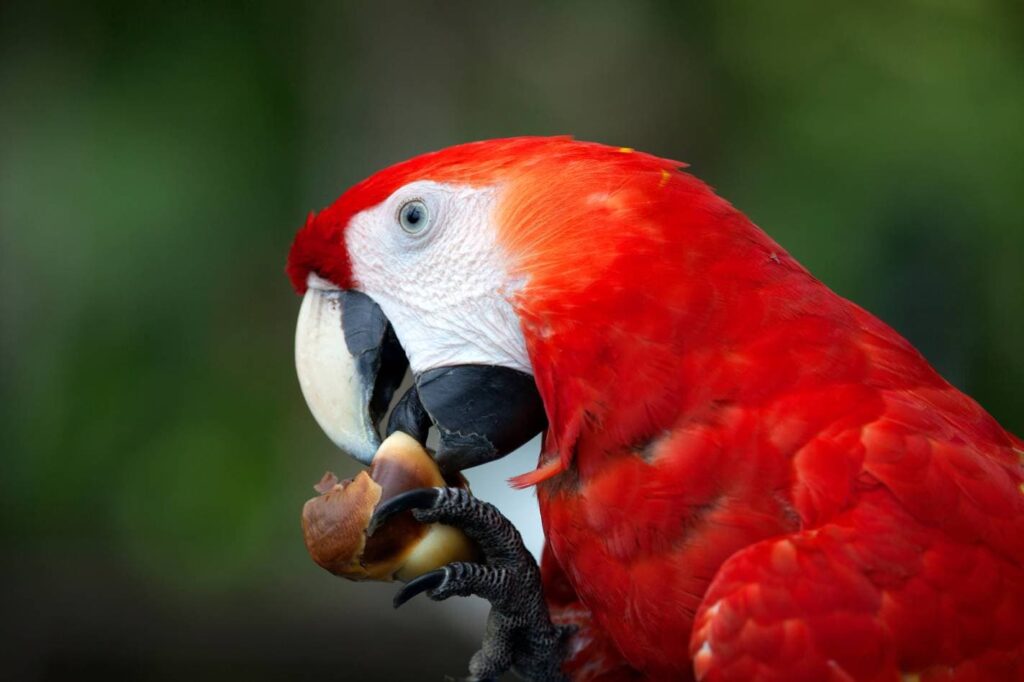
3. Head
You’ve likely noticed your Macaw bobbing and swaying their head from time to time, and this is usually a good sign. Baby Macaws will commonly sway their heads to get fed, and adults may do the same with their owners when they’re hungry. Most of the time, head bobbing and swaying are signs of contentment and playfulness, but if it’s accompanied by body language like an open beak, forward-craned neck, eye pinning, fluffed feathers, or open wings, your Macaw is likely warning you to stay away.
4. Feathers
Macaws will ruffle their feathers while preening themselves or when they are wet and are trying to dry their feathers. They may also ruffle their feathers when cleaning themselves and even while they are resting and relaxing. Raised feathers on the head and neck of your Macaw usually indicate that they are relaxed and want to be petted, but if this is accompanied by an aggressive stance, open beak, and/or clicking or grinding, they are likely feeling threatened and are attempting to appear larger and do not want to be handled.
Some Macaws may also quake or shake their feathers at times, and this can indicate that they are frightened, excited, or threatened. You’ll need to assess the rest of their body language to work out exactly how they are feeling. If they do it too frequently and repetitively, this is a red light your Macaw needs to be checked by the vet.
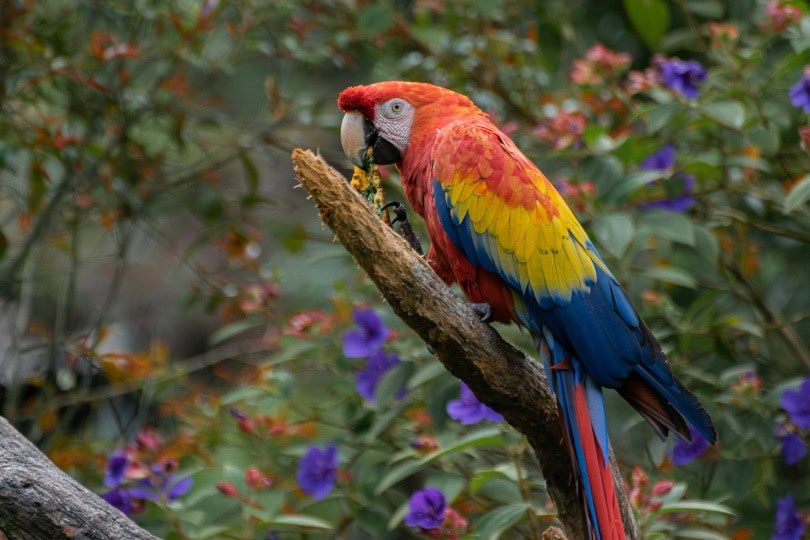
5. Legs and Feet
A macaw’s leg position and movements can offer valuable clues about their mood. Crouched legs may indicate readiness for takeoff, playful anticipation, or even courtship behavior. Some macaws tap their feet as a sign of excitement or territoriality, though this behavior is not always linked to feeling threatened.
6. Tails and Wings
The way that your Macaw moves their tail can tell you how they’re feeling. They often wag their tails similar to a dog to indicate that they are happy or excited, but this may also indicate that they are about to defecate, so watch out! Your Macaw may bob its tail slightly after exercise as it catches its breath, but persistent tail bobbing without exertion can indicate respiratory distress and should be monitored closely and reported to your avian veterinarian. Tail fanning can occur as a sign of excitement, courtship, or territorial behavior, and it may also be a display of dominance if your Macaw feels threatened.
Wings are used for flying and as communication tools. Simple wing flapping or flying in place is usually a sign of happiness or contentment, but wing flipping can have various meanings depending on the body language that you observe. Your Macaw may be angry, in pain, or just looking for attention or a treat!
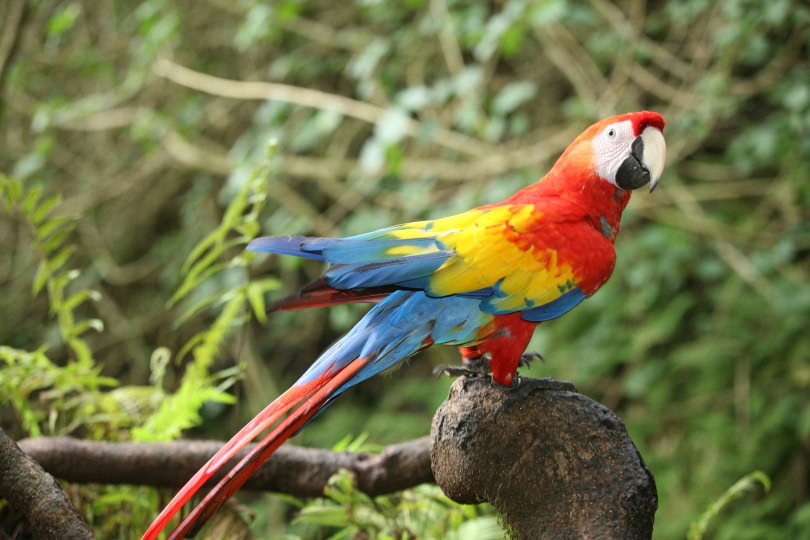

Final Thoughts
If you have a Macaw, learning to read their body language is a must. It will support your training and allow you to provide better care, prevent aggression and biting, identify illness, and of course, form a stronger bond. Learning all the various ways that your Macaw uses their body to communicate is vital and interpreting their body language correctly requires a holistic approach where the environment, context, scenario, and the combination of your Macaw’s entire body displays including their vocalizations. With dedication and attentive observation, you will be able to better understand your Macaw’s emotional state and be able to provide better care.
You May Also Like:
Featured Image Credit: LINO IGNACIO, Pixabay
